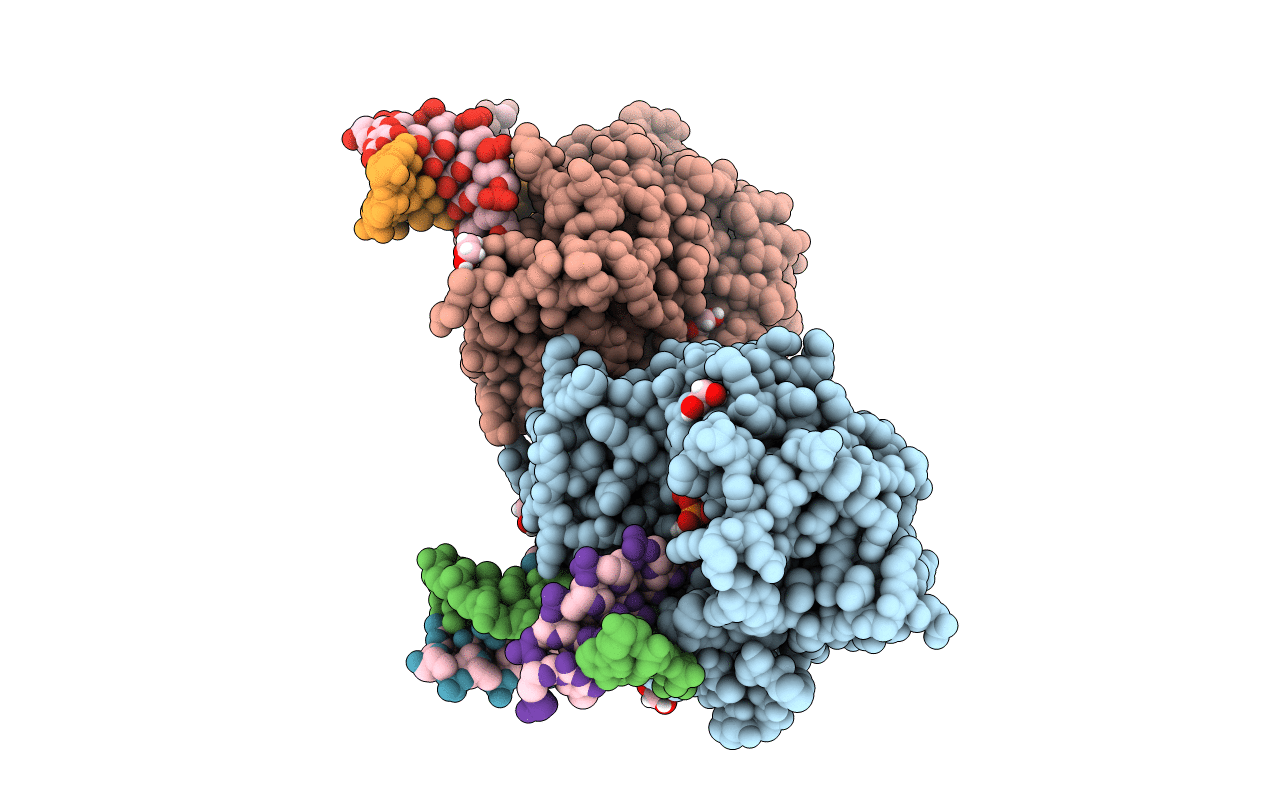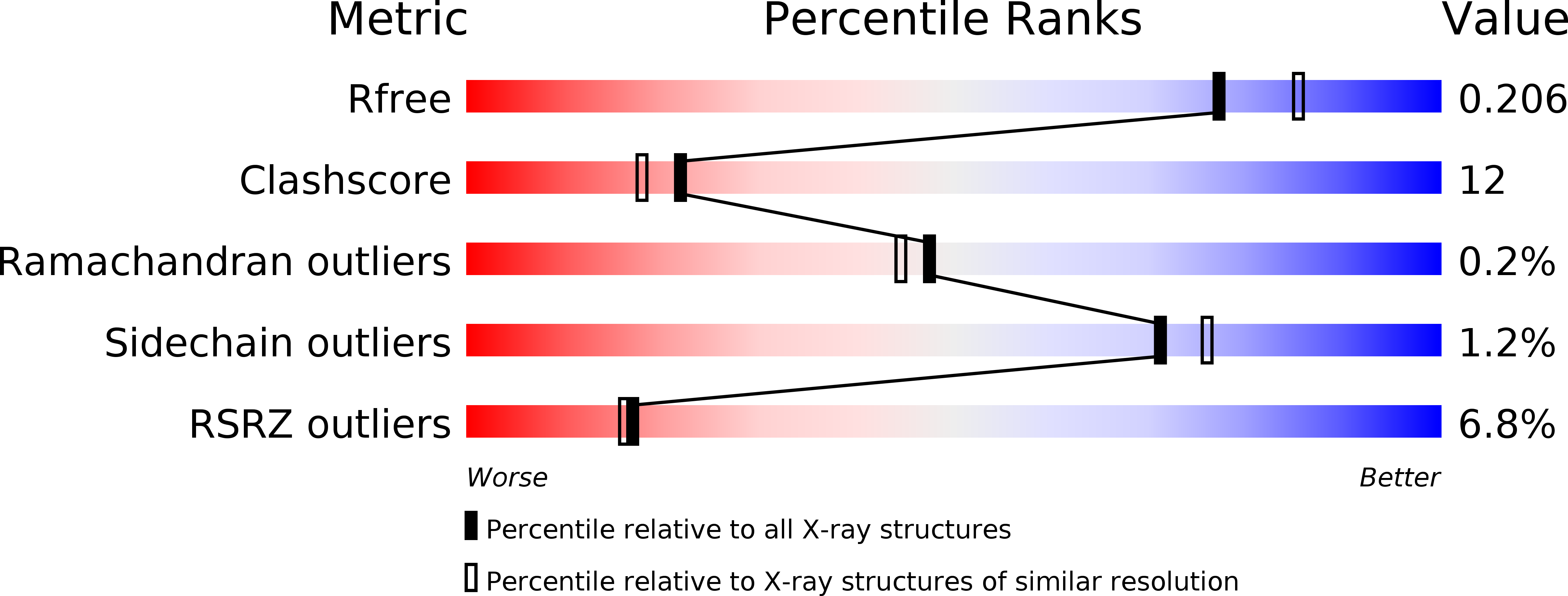
Deposition Date
2019-07-15
Release Date
2020-11-18
Last Version Date
2024-10-09
Entry Detail
PDB ID:
6SA1
Keywords:
Title:
Post catalytic complex of Prim-PolC from Mycobacterium smegmatis with gapped DNA and 3'-dUTP
Biological Source:
Source Organism:
Mycolicibacterium smegmatis MC2 155 (Taxon ID: 246196)
synthetic construct (Taxon ID: 32630)
synthetic construct (Taxon ID: 32630)
Host Organism:
Method Details:
Experimental Method:
Resolution:
2.01 Å
R-Value Free:
0.20
R-Value Work:
0.18
R-Value Observed:
0.18
Space Group:
P 4 21 2


